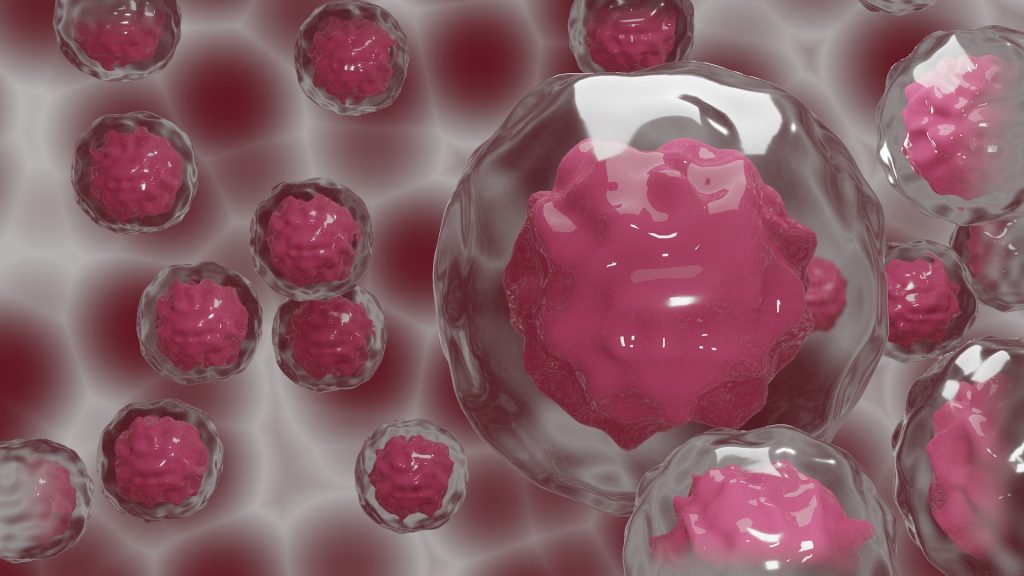
While it was known that fat cells can influence insulin sensitivity, researchers have recently discovered that there are three different subtypes of mature fat cells in white adipose tissue and that it is only one of these, called AdipoPLIN, that responds to insulin. The findings, which were published in Cell Metabolism, may have implications for the treatment of metabolic diseases such as Type 2 diabetes.
“These findings increase our knowledge about the function of fat tissue,” said co-corresponding author Niklas Mejhert, researcher at the Department of Medicine, Huddinge, at Karolinska Institutet. “They show that the overall capacity of fat tissue to respond to insulin is determined by the proportion and function of a specific fat cell subtype. This could have implications for diseases such as obesity, insulin resistance and Type 2 diabetes.”
The researchers identified 18 classes of cells that form clusters in white adipose tissue in humans. Of these, three constituted mature fat cells with distinct phenotypes.
To determine if a specific function was linked to the fat cell subtypes, the researchers measured how these subtypes in four people reacted to short-term increases in insulin levels. They found that insulin activated the gene expression in the AdipoPLIN subtype but did not affect the other two subtypes. The response to insulin stimulation was also proportional to the individual’s whole-body insulin sensitivity.
A challenge to the prevailing view
“Our findings challenge the current view of insulin resistance as a generally reduced response to insulin in the fat cells,” said co-corresponding author Mikael Rydén, professor in the same department. “Instead, our study suggests that insulin resistance, and possibly type 2 diabetes, could be due to changes in a specific subtype of fat cells. This shows that fat tissue is a much more complex tissue than previously thought. Like muscle tissue, people have several types of fat cells with different functions, which opens up for future interventions targeted at different fat cell types.”
The researchers employed spatial transcriptomics, which generates information about tissue organisation via microscopy and gene expression via RNA sequencing.
”This study is unique in that it is the first time we’ve applied spatial transcriptomics to fat tissue, which has a special set of characteristics and composition,” said third corresponding author Patrik Ståhl. “We are very happy that the technology continues to contribute to solving biologically complex questions in an increasing number of research areas.”
Source: Karolinska Institute

